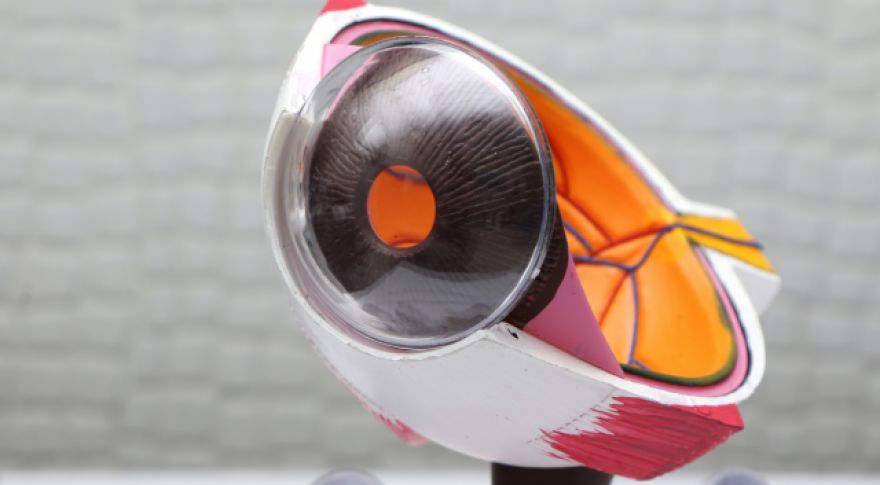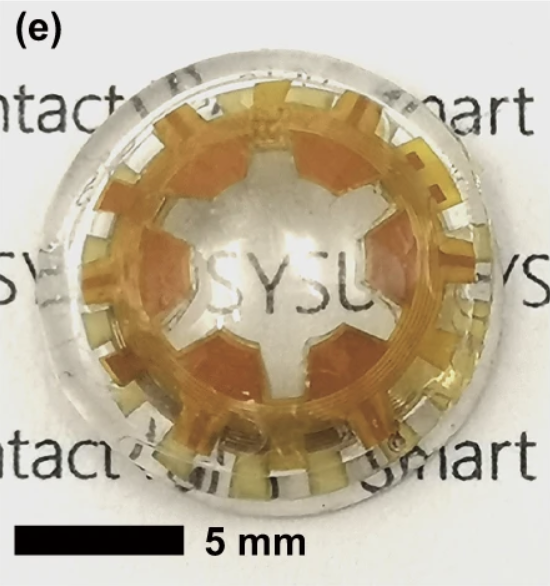
Intelligent Drug-Releasing Contact Lenses Could Help Treat Glaucoma
Glaucoma—which is technically a group of ophthalmic conditions—typically occurs in older adults and results in gradual vision loss, with some patients experiencing total blindness. The most common form of the condition is called open-angle glaucoma and begins when the patient’s drain structure (located at the inner corner of the eye) loses its effectiveness. This results in fluid build-up that increases pressure in the eye. The pressure damages the eye’s optic nerve and prevents the nerve from conveying visual messages to the brain.
Traditional treatments for glaucoma include prescription eye drops, oral medication, or surgery. The first two options work to reduce fluid creation in the eye, but both can result in an uncomfortable dry feeling and they increase the patient’s risk of heart or lung disease. Laser surgery, while increasing in popularity over recent years, is a riskier and more invasive procedure than some patients are comfortable with.

(Photo: C. Yang et al/Nature Communications)
Now scientists may be able to reduce glaucoma’s effect on the eye using “intelligent” contact lenses, which sit on top of the cornea like any other lens. A team of ophthalmologists and biomedical engineers in China have developed a contact lens capable of sensing pressure fluctuations in a patient’s eye. In a published this week in Nature Communications, they describe upper and lower lenses that overlap with a web-like pressure sensor sandwiched between them. The result is a lens capable of detecting pressure increases without blocking the patient’s vision. (As a cool bonus, the special lenses also make the patient look like they have golden irises.)
Once the sensor detects that the pressure exceeds a specific level, it sends a signal to a tiny wireless power transfer device also located within the lens. The device orders a hydrogel to release a drug called brimonidine, which counteracts the pressure buildup. While it sounds as though there are a lot of components packed into each lens, the researchers say the lenses are soft, non-irritating, and battery-free, making them both comfortable and convenient to wear.
So far the lenses have been tested on pigs and rabbits, though the team is planning human trials. In their paper, the researchers point out that their technology may prove effective in managing other ophthalmic diseases.
Now Read: